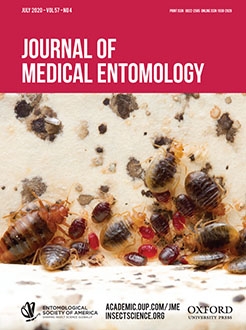The Aedes aegypti mosquito is the primary vector of dengue, yellow fever, chikungunya, and Zika viruses. Infection with the dengue virus alone occurs in an estimated 400 million people each year. Likelihood of infection with a virus transmitted by Ae. aegypti is most commonly attributed to abundance of the mosquito. However, the Arizona-Sonora desert region has abundant Ae. aegypti in most urban areas, yet local transmission of these arboviruses has not been reported in many of these cities. Previous work examined the role of differential Ae. aegypti longevity as a potential explanation for these discrepancies in transmission. To determine factors that were associated with Ae. aegypti longevity in the region, we collected eggs from ovitraps in Tucson, AZ and reared them under multiple experimental conditions in the laboratory to examine the relative impact of temperature and crowding during development, body size, fecundity, and relative humidity during the adult stage. Of the variables studied, we found that the combination of temperature during development, relative humidity, and body size produced the best model to explain variation in age at death.
How to translate text using browser tools
8 April 2020
Size as a Proxy for Survival in Aedes aegypti (Diptera: Culicidae) Mosquitoes
Eileen H. Jeffrey Gutiérrez,
Kathleen R. Walker,
Kacey C. Ernst,
Michael A. Riehle,
Goggy Davidowitz
ACCESS THE FULL ARTICLE
It is not available for individual sale.
This article is only available to subscribers.
It is not available for individual sale.
It is not available for individual sale.

Journal of Medical Entomology
Vol. 57 • No. 4
July 2020
Vol. 57 • No. 4
July 2020
Aedes aegypti
body size
longevity




